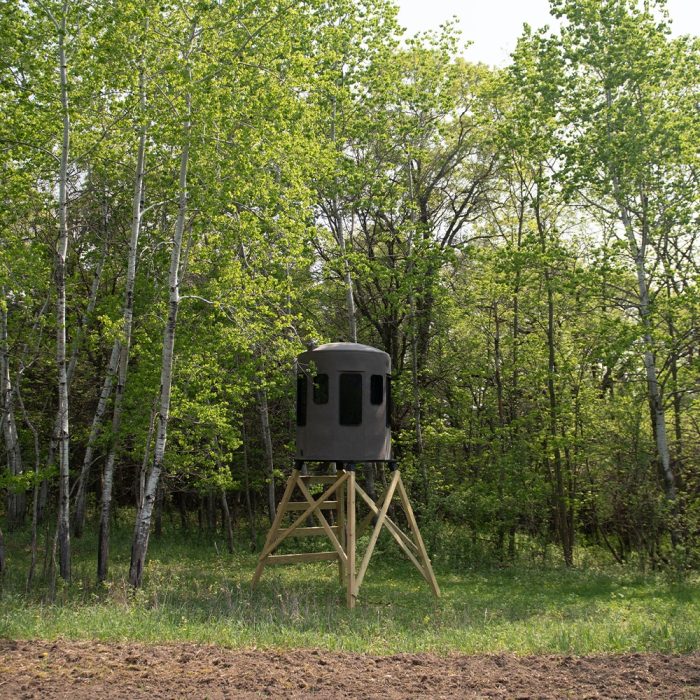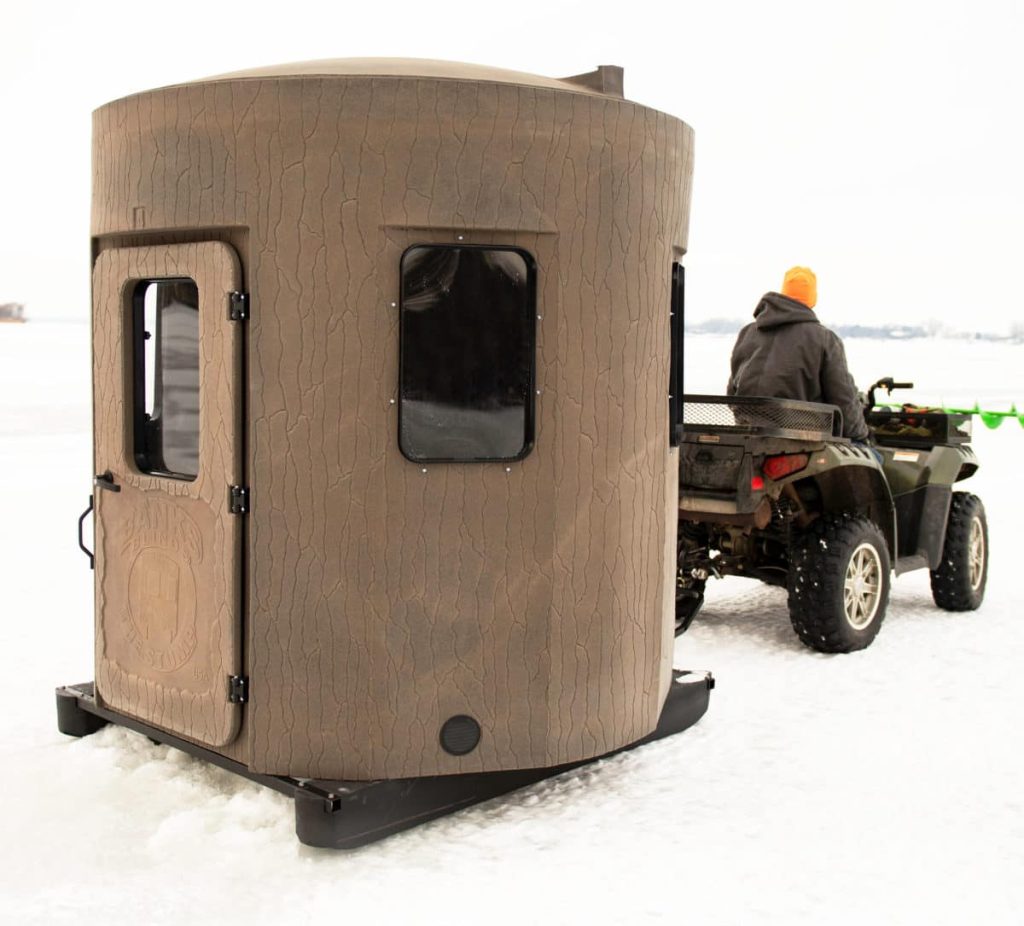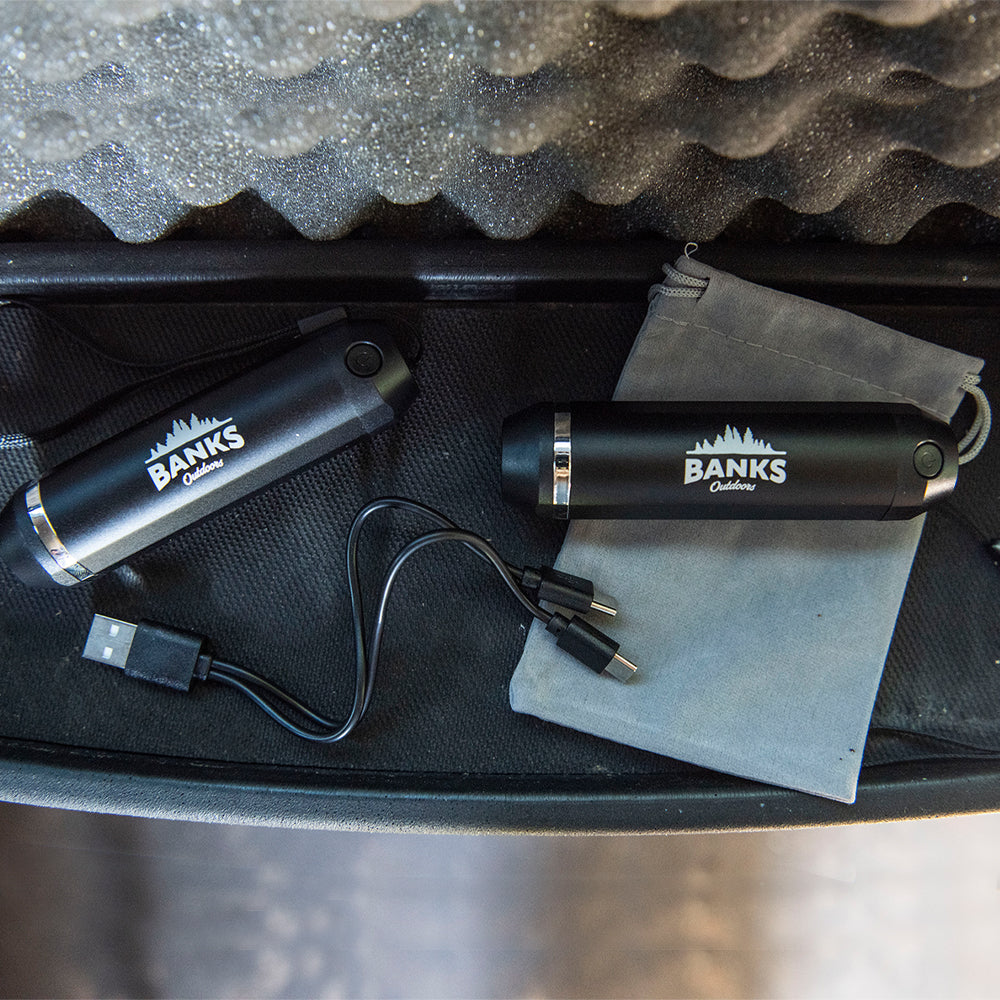Turkey call patents date back to 1867 and Native American wingbone yelps date back to 6500 B.C., so, it’s safe to say that turkey calls have been around in one form or another for centuries. This week, we’re breaking down the evolution of turkey calls and previewing what’s new for 2025. Check out our tips and get ready for opening day on April 16.
Mouth Calls
Mouth calls are the oldest documented form of turkey calls. Native Americans were using wingbone yelp calls as far back as 6500 B.C. Then, in possibly the first iteration of a patented diaphragm call, a bird-imitation device called the “whistle” was patented in 1867 by Samuel McClain, though it’s hard to know if it was actually used for turkey hunting. The first officially patented diaphragm call, specifically for turkey hunting, was made in 1921 by H.P. Bridges.
Today, there are all kinds of mouth turkey calls on the market. Consider getting a multi-pack with different types of mouth calls in it so that you can have quick access to an array of different calls at a moment’s notice in your Stump blind. Beginners will benefit from having calls with different cuts so that you can test different ones and see which one is easiest for you to use, then after practice, you can begin to incorporate them into your regular routine. Mouth calls are very small, so they’ll hardly take up any room in your bag.
Box Calls
The first friction call with a pivoting lid was patented to Henry Gibson in 1897 which would later evolve into the modern-day box call. Today, you can find box calls with two sides so that you can mimic two different pitches of hen sounds with the same call, increasing your odds of attracting turkeys without adding an extra piece of equipment to your bag.
High-Pitched Pot Calls
According to Outdoor Life, Houndstooth’s new 1.75 Crystal Over Carbon Fiber pot call “produces raspy, complex, multi-tone pitches with enough intensity to reach the next ridge or cut through the wind.” With a high-pitched tone you can get more realistic kee-kee calls, so that is something to watch out for this spring. Consider finding a call that will give you these dynamic, high-pitched registers.
Account for the Rain
If you’re looking to hunt in all types of weather, consider getting a call that can perform in the rain. Wood pot calls aren’t going to produce the kind of sound you need in the rain. Wood is porous, so it’s going to soak up all of the rainwater and expand, which affects the pitch of the call. The call could also get moldy if it holds onto water. A ceramic call will allow the water to roll of it so that you can continue turkey hunting, even in a rainstorm.
Turkey season opens in Minnesota on April 16, so check out this year’s new calls and take them for a spin this spring in your Stump blind. You can carry them to your spot using our Bucket Backpack which has a 5-gallon bucket and multiple exterior pockets. Then, set up shop inside the blind and watch the turkeys roll in.
What turkey calls are you using this spring? Are you going to be trying out any of the new ones? Let us know in the comments below.






Key Turkey Behavior Changes to Expect Before Spring
Turkey Hunting in Cold Weather: Challenges and Tips